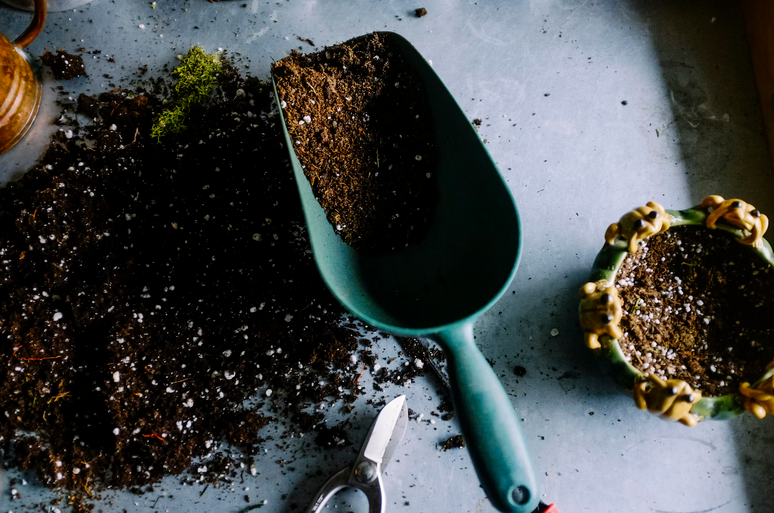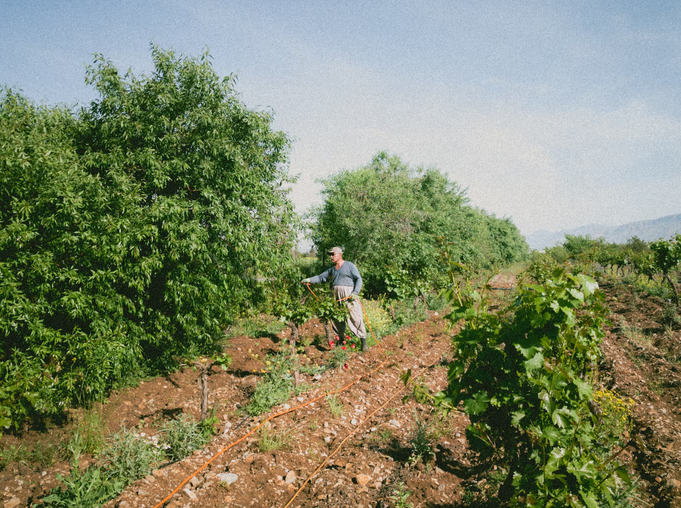
Exploring Xeriscaping: How to Create a Sustainable Landscape for Water Conservation Exploring Xeriscaping: How to Create a Sustainable Landscape for Water Conservation
Xeriscaping is a sustainable landscaping technique that aims to conserve water by using drought-tolerant plants and minimizing the need for irrigation. With increasing concerns about water scarcity and the need to protect our environment, xeriscaping has gained popularity as an eco-friendly landscaping option. In this article, we will discuss four key factors to consider when creating a xeriscape garden: plant selection, soil improvement, efficient irrigation, and landscape design.
Plant Selection
One of the fundamental aspects of xeriscaping is selecting plants that are well-suited to arid conditions. Drought-tolerant plants like succulents, cacti, and native grasses can thrive with minimal water requirements. These plants have evolved to survive in dry climates, making them ideal for xeriscaping. When choosing plants, it is important to consider their water needs, growth habits, and maintenance requirements.
Soil Improvement

Healthy soil plays a vital role in the success of xeriscaping. Improving the soil’s water-holding capacity can reduce the need for frequent watering. Adding organic matter such as compost or mulch to the soil enhances its ability to retain moisture. Additionally, incorporating porous materials like gravel or sand can improve drainage and prevent water runoff.
Efficient Irrigation
Efficient irrigation is essential for xeriscaping. The goal is to provide plants with just the right amount of water they need to thrive while minimizing wastage. Installing drip irrigation systems is an effective way to achieve this. Drip systems deliver water directly to the roots, reducing evaporation and ensuring that plants receive adequate hydration. Another option is to use rainwater harvesting techniques, such as installing rain barrels or cisterns, to collect and store rainwater for later use.
Landscape Design

An intelligent landscape design is crucial in xeriscaping. Incorporating elements like hardscaping, such as pathways or rocks, can minimize the area that needs watering. Creating microclimates through the strategic placement of plants, such as using shade trees to protect more delicate plants from excessive sun, can also promote water conservation. Using mulch around plants helps to retain moisture and inhibit weed growth. Designing your garden with water conservation in mind can not only reduce water usage but also enhance the beauty and functionality of your outdoor space.
Xeriscaping offers a sustainable and eco-friendly approach to landscaping that prioritizes water conservation. By carefully selecting drought-tolerant plants, improving soil quality, implementing efficient irrigation systems, and employing thoughtful landscape design, you can create a beautiful and sustainable garden that thrives with minimal water requirements. Embracing xeriscaping not only helps the environment but also saves you time, money, and effort in maintaining a vibrant landscape.…
